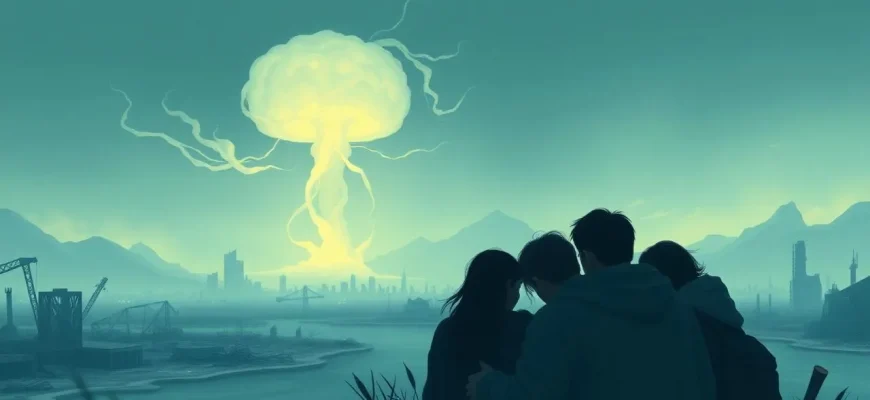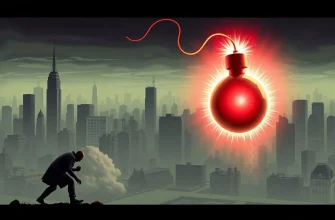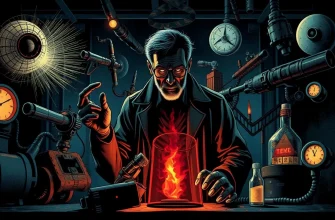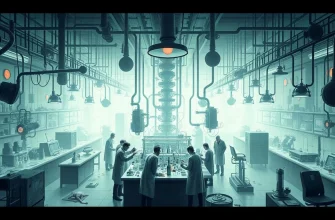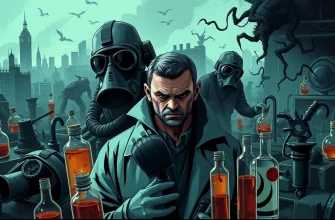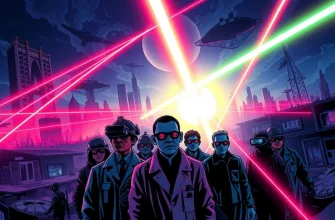The fear of nuclear weapons has long been a staple in horror cinema, tapping into the collective dread of humanity's potential for self-destruction. This curated list of 10 horror films delves into the psychological and physical horrors associated with nuclear warfare, providing a thrilling yet thought-provoking experience for viewers. From post-apocalyptic wastelands to the paranoia of the Cold War, these films explore the darkest corners of our nuclear anxieties.

The War Game (1965)
Description: This pseudo-documentary film simulates a nuclear attack on Britain, exploring the potential breakdown of civil order and the horrors of nuclear fallout.
Fact: It was initially banned by the BBC for being too shocking, but later won an Academy Award for Best Documentary Feature.
 Watch Now
Watch Now

Testament (1983)
Description: Set in a small California town, this film focuses on the emotional and psychological impact on a family after a nuclear attack, emphasizing the human element of survival.
Fact: Jane Alexander won an Emmy for her role as the mother trying to keep her family together post-attack.
 Watch Now
Watch Now

Miracle Mile (1988)
Description: A young man answers a payphone and learns of an impending nuclear attack, leading to a frantic race against time to save himself and his love interest.
Fact: The film was shot in real-time, adding to the tension of the narrative.
 Watch Now
Watch Now
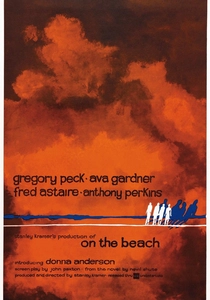
On the Beach (1959)
Description: Based on Nevil Shute's novel, this film portrays the aftermath of a nuclear war where the last remnants of humanity in Australia await the inevitable arrival of deadly radiation.
Fact: It was one of the first films to deal with the aftermath of nuclear war, and its bleak ending was highly controversial.
 30 Days Free
30 Days Free

The Bed Sitting Room (1969)
Description: A surreal British comedy-drama set in a post-apocalyptic London after a nuclear war, where survivors mutate into objects like beds and sitting rooms.
Fact: The film features an all-star British cast, including Peter Cook, Dudley Moore, and Spike Milligan.
 30 Days Free
30 Days Free
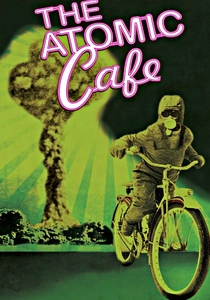
The Atomic Cafe (1982)
Description: A documentary compilation of 1940s and 1950s United States government propaganda films, newsreels, and advertisements about nuclear war, showcasing the absurdity of the era's nuclear optimism.
Fact: It uses no narration, letting the archival footage speak for itself, creating a chilling effect.
 30 Days Free
30 Days Free
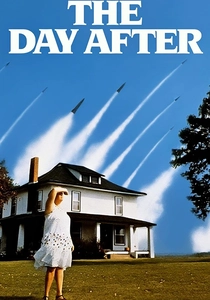
The Day After (1983)
Description: This made-for-TV movie depicts the aftermath of a nuclear attack on Kansas City, showing the devastating effects on civilians. Its realistic portrayal of nuclear war's impact made it a landmark in television history.
Fact: The film was watched by over 100 million viewers, leading to a significant public debate on nuclear disarmament.
 30 Days Free
30 Days Free
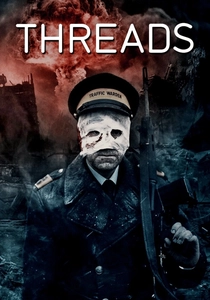
Threads (1984)
Description: A British television drama that follows the lives of two families before, during, and after a nuclear attack on Sheffield, illustrating the long-term effects of nuclear war on society.
Fact: The film was so disturbing that it was banned from being shown on British television for several years.
 30 Days Free
30 Days Free

By Dawn's Early Light (1990)
Description: This TV movie explores the aftermath of a limited nuclear exchange between NATO and Warsaw Pact forces, focusing on the political and military decisions that could lead to further escalation.
Fact: It was one of the first films to address the possibility of a "limited" nuclear war, reflecting the changing perceptions of nuclear conflict in the late Cold War era.
 30 Days Free
30 Days Free

Fail-Safe (1964)
Description: A thriller about a technical malfunction that sends American bombers to attack Moscow, leading to a tense standoff between the superpowers.
Fact: The film was released the same year as "Dr. Strangelove," offering a more serious take on the same subject.
 30 Days Free
30 Days Free

